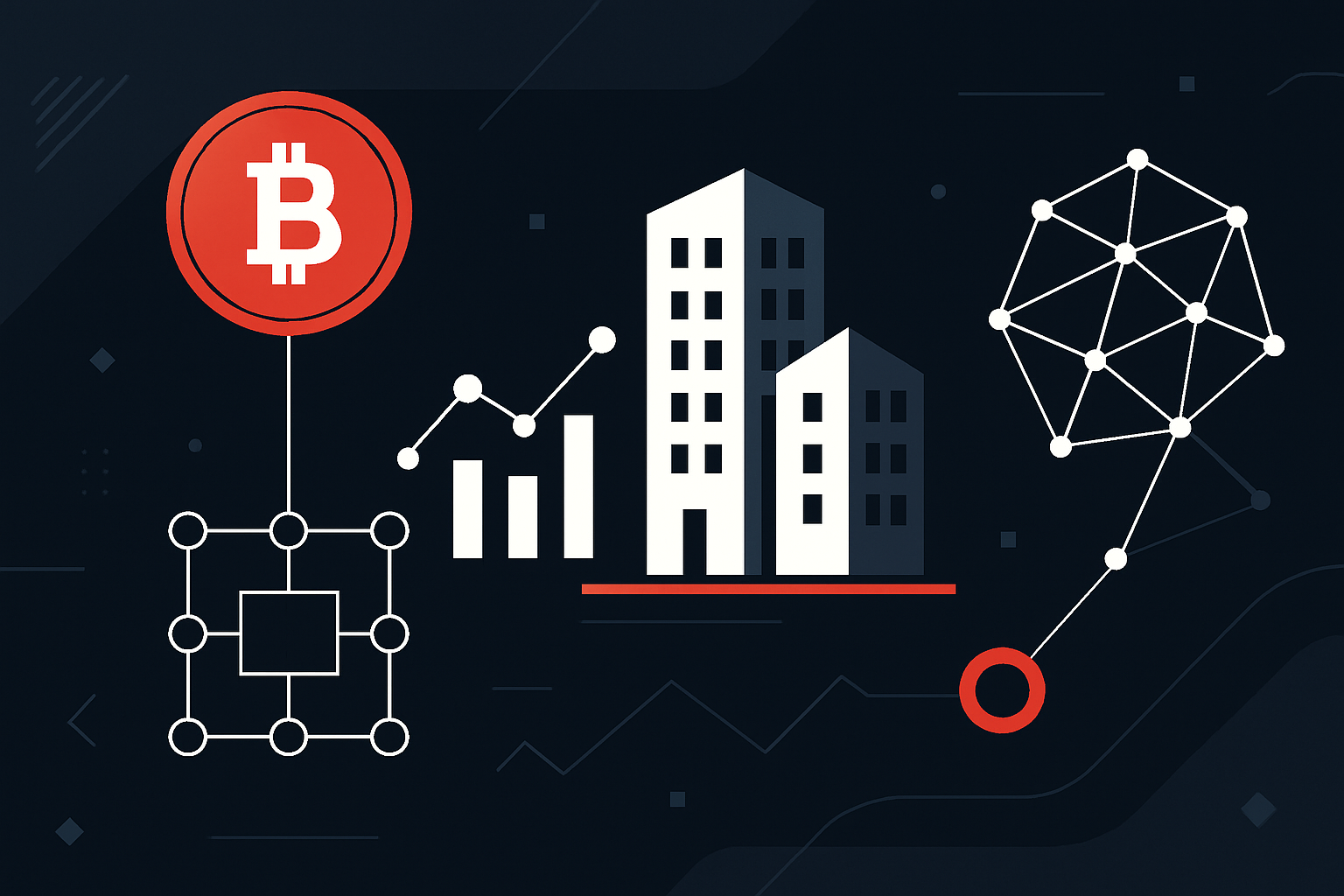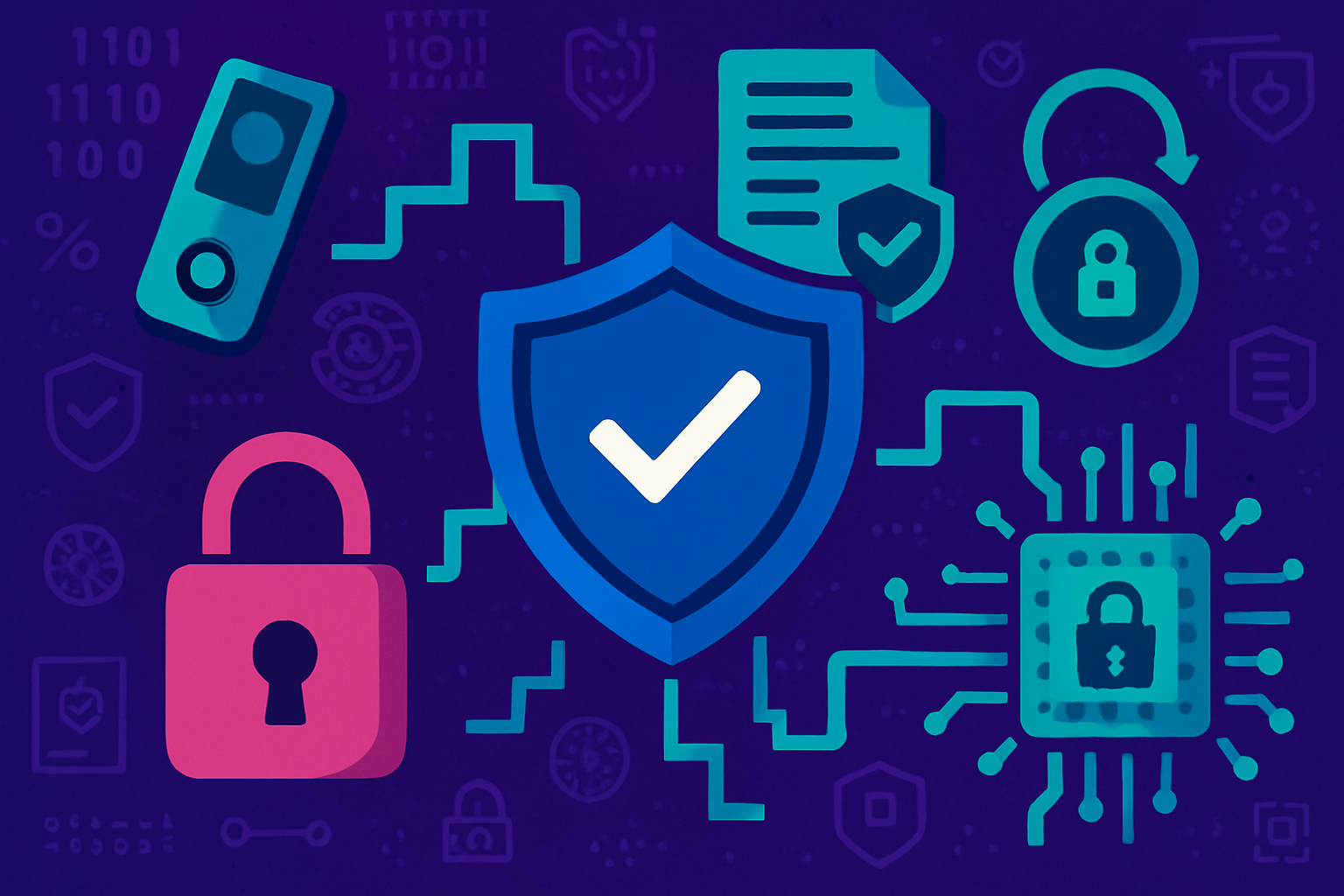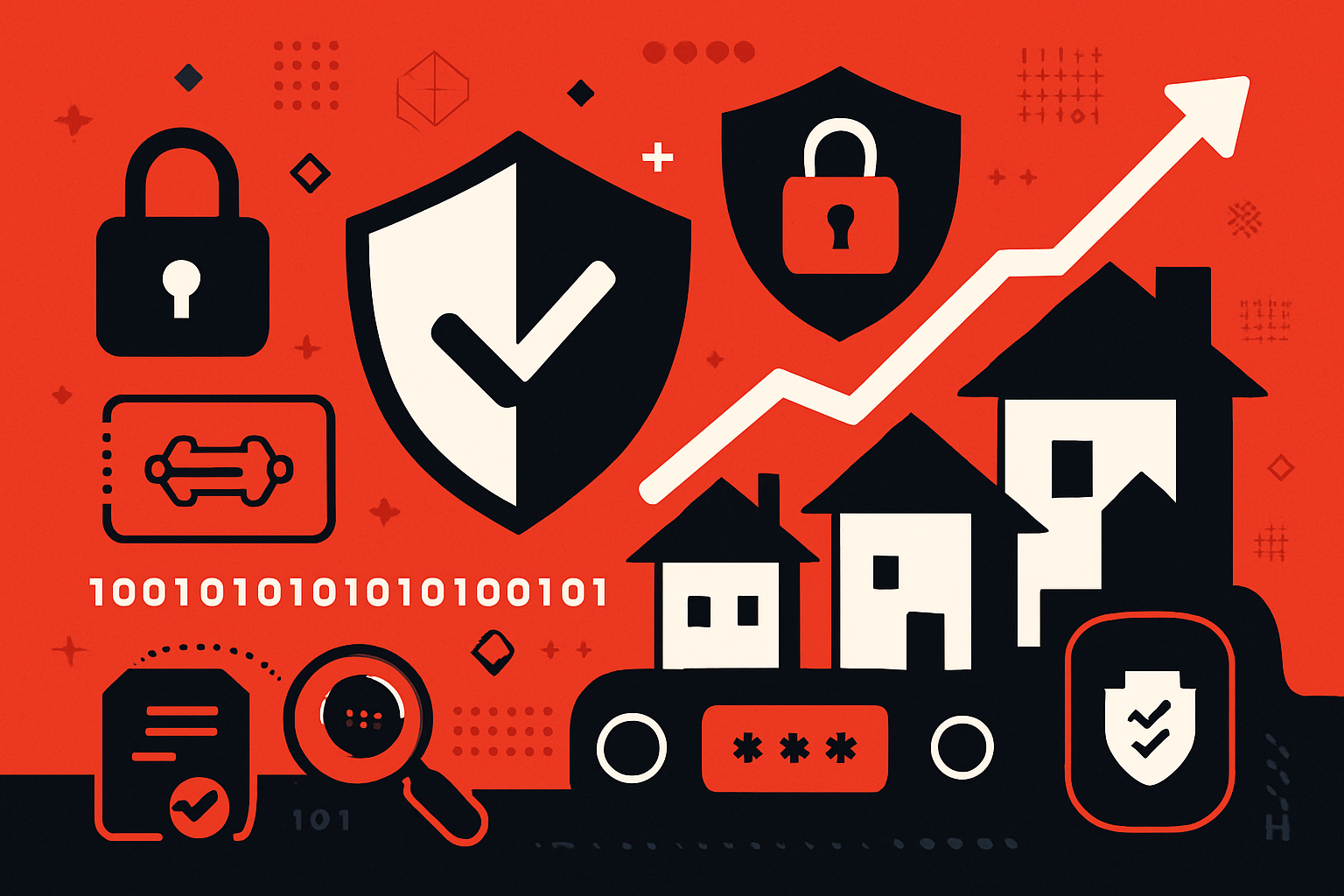Integrating Stablecoins for Seamless Real Estate Token Transactions
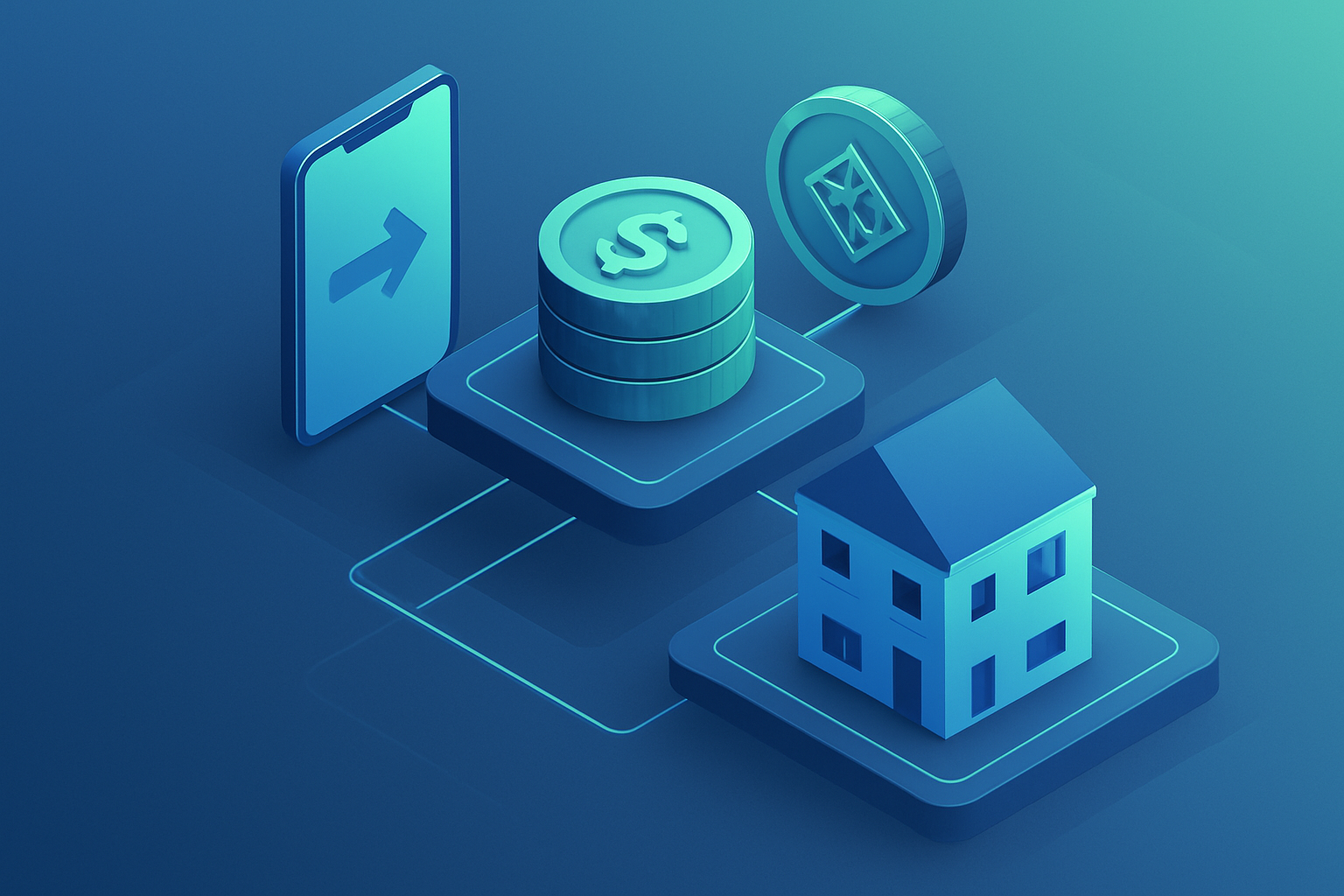
Stablecoins are rapidly becoming the backbone of real estate tokenization, offering a much-needed layer of stability to an industry where transaction speed, reliability, and transparency are paramount. As platforms like Landshare and Harbor demonstrate, integrating stablecoins such as USDT or USDC into property token transactions is not just a technical upgrade – it’s a fundamental shift in how real estate assets are bought, sold, and managed on-chain.

Why Stablecoins Are Essential for Blockchain Real Estate Payments
The volatility that plagues traditional cryptocurrencies makes them unsuitable for high-value, slow-moving markets like real estate. Stablecoins solve this problem by pegging their value to fiat currencies, typically the US dollar, ensuring that the purchasing power remains consistent throughout the transaction process. This stability is critical in property deals where even minor fluctuations can mean significant financial risk or lost opportunity.
Recent regulatory advances such as the GENIUS Act have further legitimized stablecoin use in commercial real estate. With legal clarity increasing and payment infrastructure evolving rapidly (source), institutional investors are now able to create custom portfolios using tokenized assets without worrying about unpredictable currency swings.
Streamlining Cross-Border Property Token Transactions with Stablecoins
One of the most significant pain points in global real estate investment has always been cross-border payments. Traditional methods are slow, expensive, and fraught with compliance challenges. Integrating stablecoins into property token transactions eliminates many of these hurdles by enabling near-instant settlement and drastically reducing transaction costs (source).
This modernization isn’t just theoretical – it’s already being implemented on platforms where users exchange stablecoins for fractional ownership in properties. Settlement times shrink from days to minutes. Transaction fees drop from hundreds of dollars to a few cents. And perhaps most importantly, blockchain’s transparency ensures every movement of funds is traceable and verifiable by all parties involved.
Key Benefits of Stablecoins in Real Estate Tokenization
-
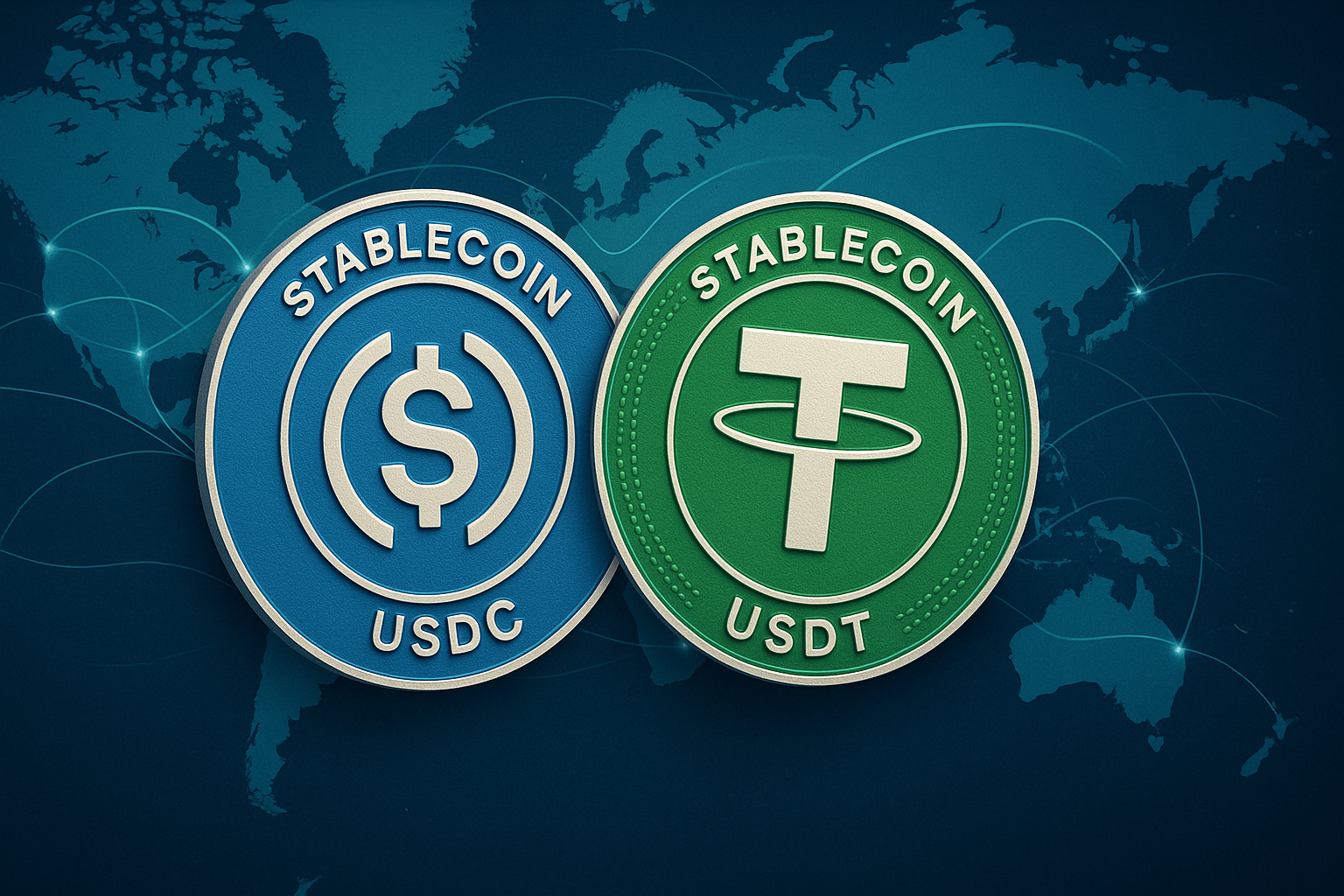
Reduced Volatility and Reliable Value: Stablecoins like USDT and USDC are pegged to fiat currencies, minimizing price fluctuations and providing a stable medium of exchange for real estate transactions. This stability is crucial for high-value property deals where predictability is essential.
-
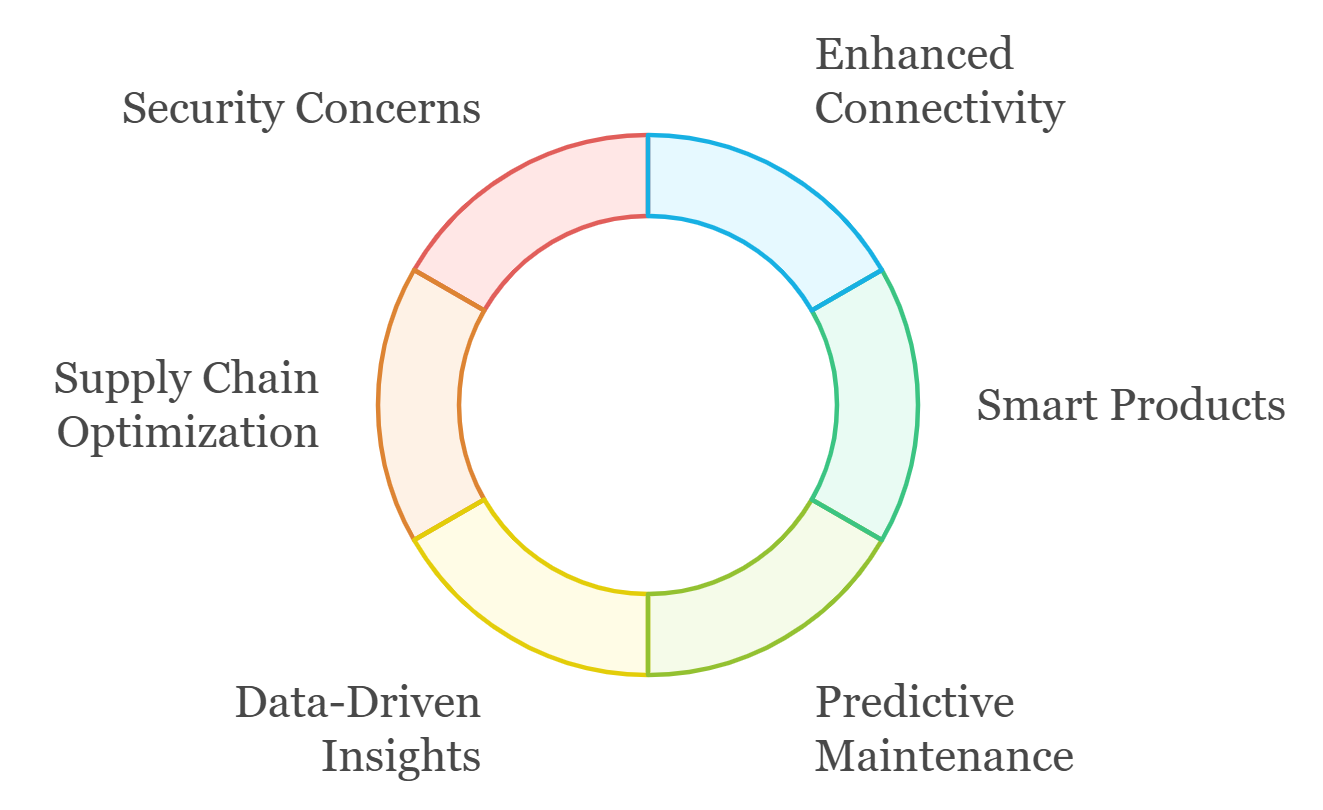
Faster and Cheaper Settlements: Platforms such as Landshare and Harbor enable near-instant settlement of real estate token purchases with stablecoins, significantly reducing transaction times and costs compared to traditional banking methods.
-
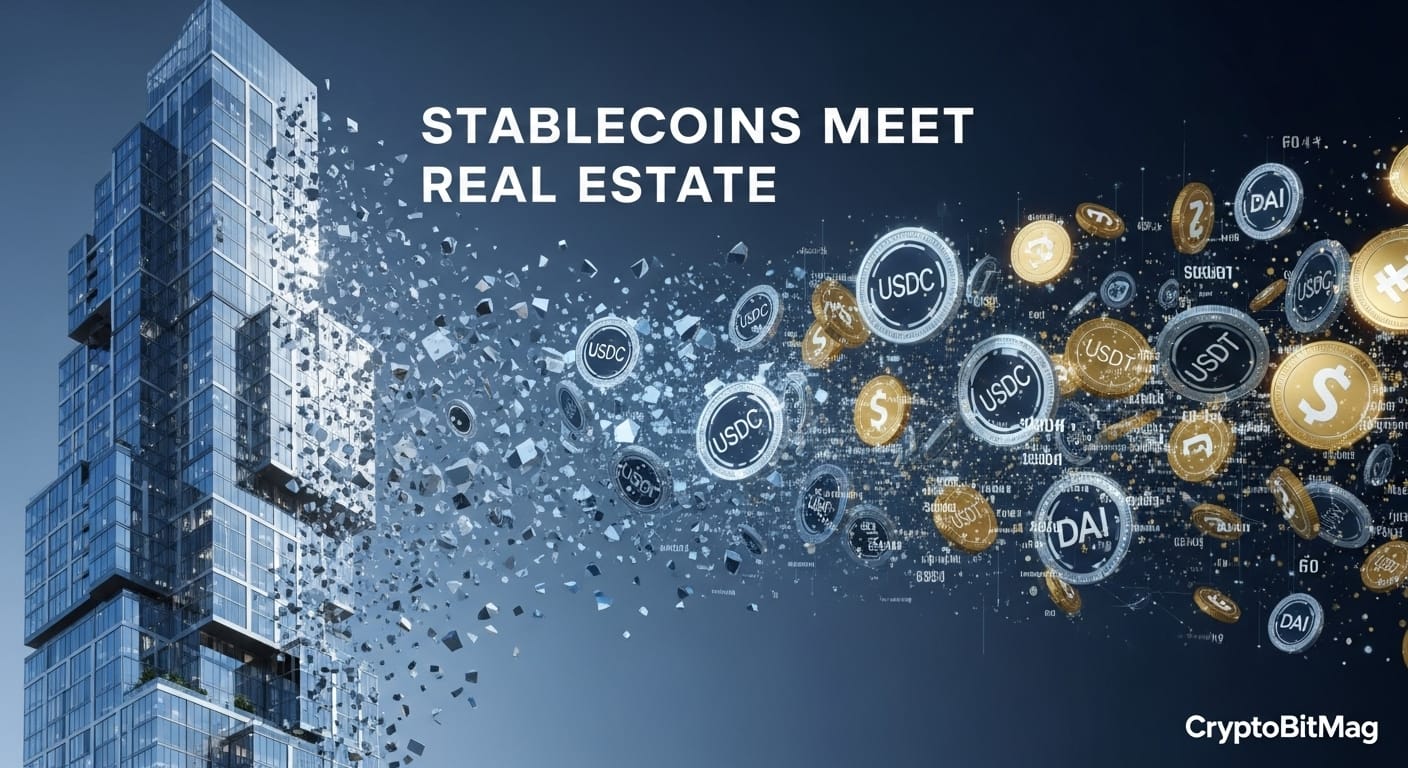
Streamlined Cross-Border Payments: Stablecoins facilitate seamless international transactions, eliminating the need for currency conversions and reducing associated fees. This makes global real estate investment more accessible and efficient.
-

Enhanced Transparency and Security: Blockchain-based stablecoin transactions provide immutable and verifiable records of ownership and payment, increasing trust and reducing the risk of fraud in property tokenization.
-
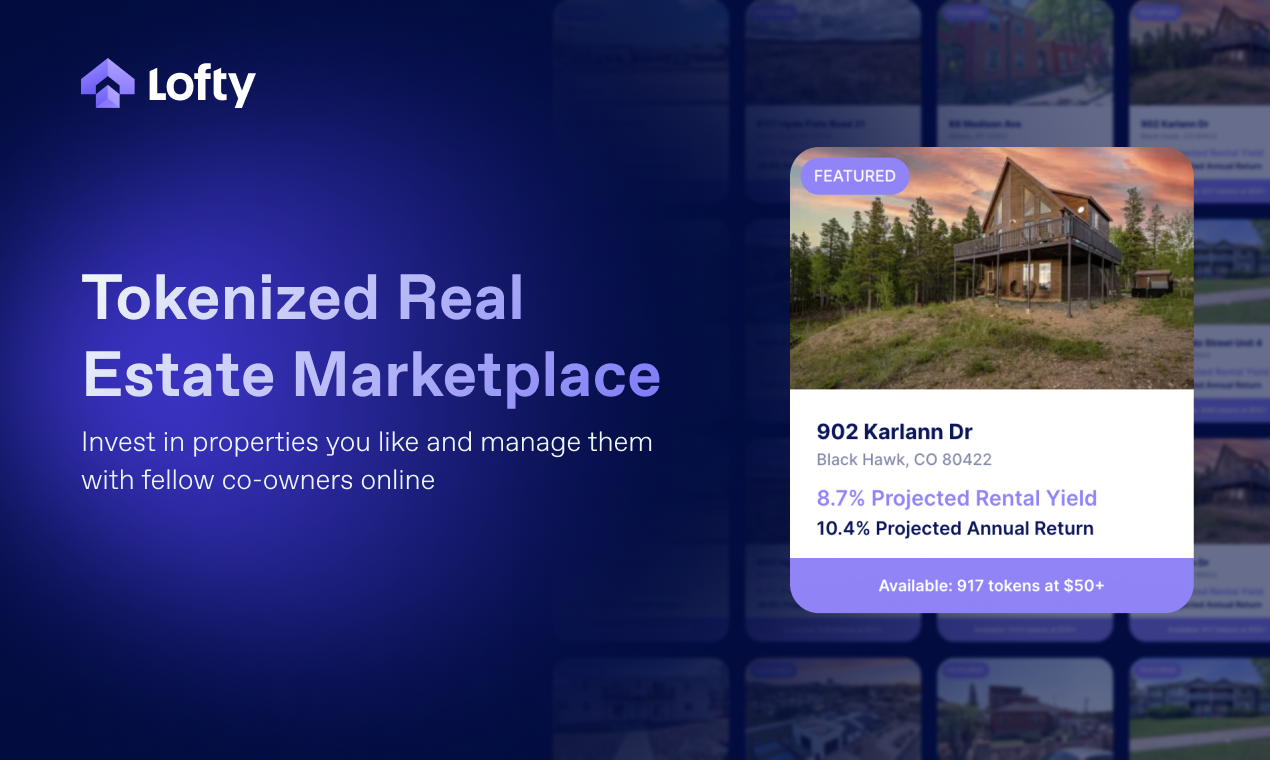
Broader Participation and Fractional Ownership: By allowing investors to purchase fractional real estate tokens with stablecoins, platforms like Lofty.ai democratize access to property markets, enabling participation from a wider range of investors worldwide.
The New Standard: Security, Liquidity, and Transparency
The integration of stablecoins with Real Estate Rwas-style platforms is setting a new industry standard for security and liquidity. Every property token transaction conducted via stablecoin is recorded immutably on-chain, providing an auditable trail that reduces fraud risk and simplifies compliance checks. For both retail and institutional investors, this means higher confidence in ownership records and easier portfolio rebalancing.
Liquidity, long considered the Achilles’ heel of traditional real estate investment, is also dramatically improved. By denominating tokens in widely accepted stablecoins like USDC or USDT, secondary trading becomes feasible even across borders – no need to convert between multiple fiat currencies or worry about local banking restrictions.
Transparency, meanwhile, is no longer an afterthought but a core feature. Blockchain’s public ledger allows all stakeholders to verify transactions in real time, from initial payment to final transfer of ownership. This degree of openness not only deters illicit activity but also streamlines due diligence for institutional players, unlocking new avenues for global participation in property markets.
While the technical benefits are compelling, it’s the operational improvements that truly move the needle for investors. Settlement cycles that once took days or weeks now close within minutes. Transaction records are instantly accessible and tamper-proof, reducing both administrative overhead and legal ambiguity. These advances make it possible to envision a future where real estate investment is as frictionless as trading stocks or digital assets, without sacrificing regulatory compliance or security.
Risk Management Considerations
Despite these advantages, integrating stablecoins into property token transactions is not without risk. The stability of any given stablecoin depends on its underlying collateral and governance model. Investors should scrutinize whether a stablecoin is fully backed by transparent reserves and subject to regular audits. Regulatory frameworks are evolving rapidly; what is permissible today may face new scrutiny tomorrow. Platforms must remain vigilant about KYC/AML compliance and be prepared for shifting legal interpretations across jurisdictions.
Liquidity, too, can cut both ways. While secondary trading boosts access and flexibility, it also introduces market-driven volatility if confidence in a particular stablecoin falters, an issue seen during isolated depegging events in recent years. Robust risk frameworks and careful selection of counterparties remain essential for any serious investor or platform operator.
Looking Ahead: Real Estate Rwas Stablecoin Integration
The continued rise of stablecoins in real estate tokenization will likely hinge on three pillars: regulatory clarity, technological interoperability, and user trust. As more jurisdictions define clear rules around digital assets, and as platforms like Real Estate Rwas refine their onboarding processes, expect broader adoption by both traditional investors and crypto-native participants.
For those considering entry into this space, methodical due diligence remains non-negotiable. Examine not just the properties on offer but also the smart contract architecture underpinning each transaction and the governance structure behind your chosen stablecoin.
The integration of stablecoins with real estate tokens isn’t just a passing trend, it’s a foundational shift toward greater efficiency, accessibility, and transparency in global property markets. As always, prudent risk management will separate winners from losers as this ecosystem matures.


